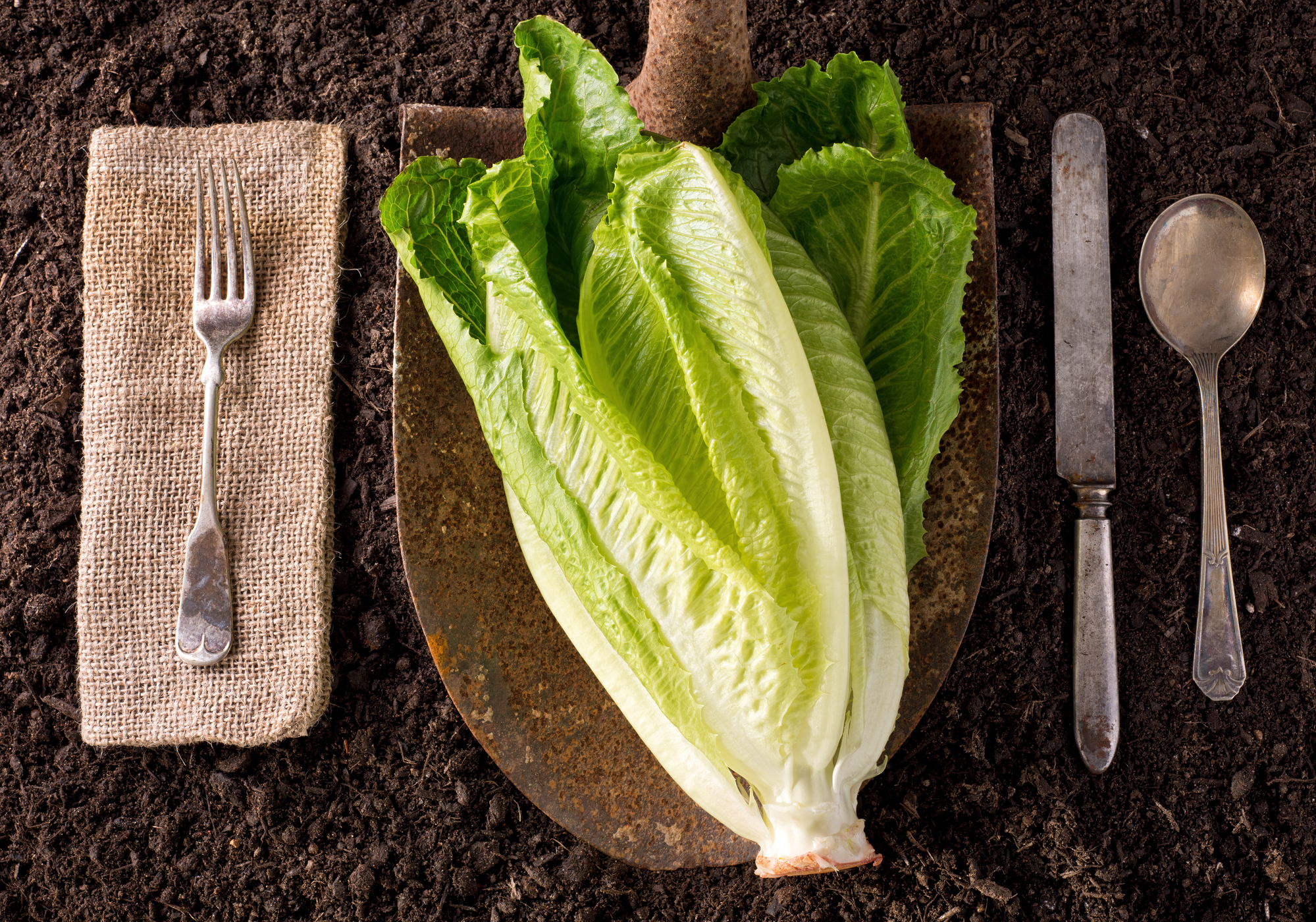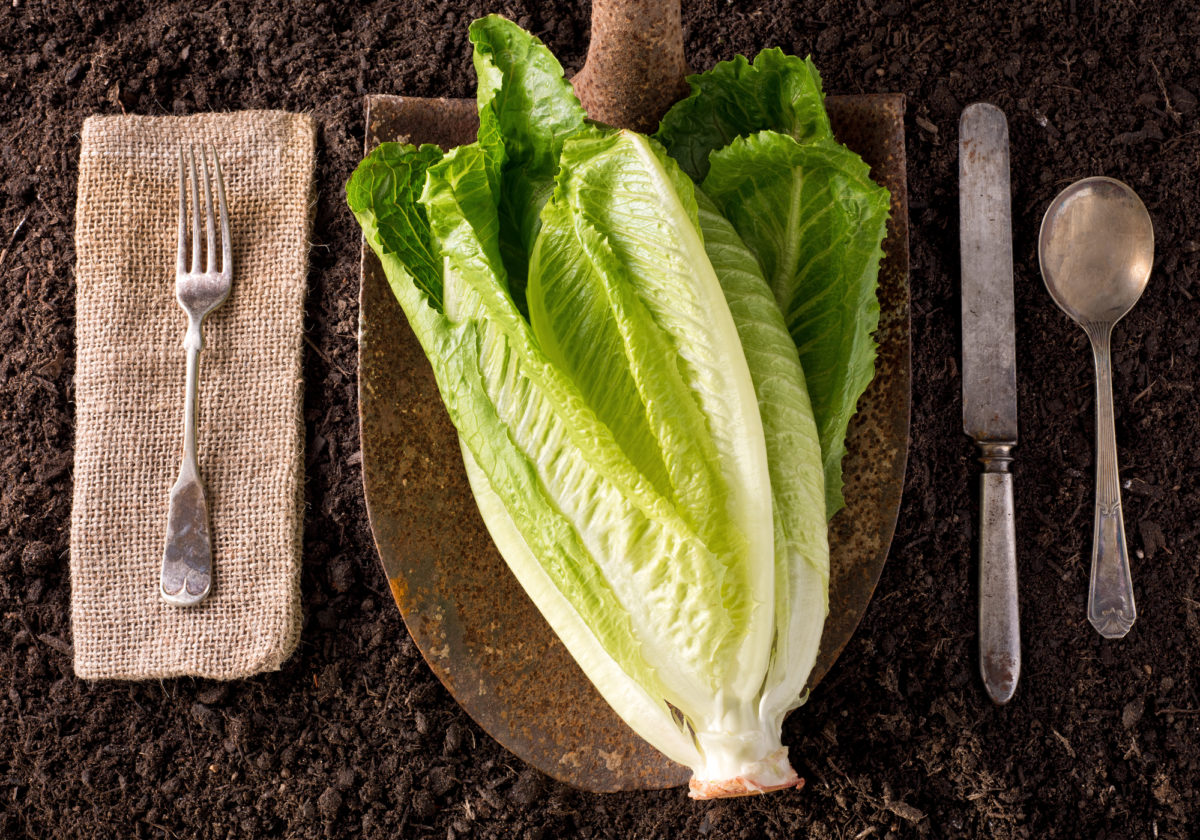 Florida growers of romaine lettuce are losing millions of dollars at the start of their season, even though harvest dates should clear the Florida crop in the present recall.
Florida growers of romaine lettuce are losing millions of dollars at the start of their season, even though harvest dates should clear the Florida crop in the present recall.
By Gary Cooper
The E. coli romaine lettuce scare coming out of the Centers for Disease Control and Prevention (CDC) last Tuesday effectively shut down the movement of this lettuce variety throughout nearly the entire North American continent. It reminded me of when a single cow was confirmed with mad cow disease on Christmas Eve of 2003. The cow had been imported into the state of Washington from Canada, and it effectively shut down the cattle trade.
Growers of romaine lettuce surely must now be wondering how long it will take for the CDC to get its data organized enough to tell the public that not all romaine is bad. Fact is, Florida growers knew as soon as they saw the announcement that their romaine could not be part of this disease outbreak.
Within just a couple hours of the CDC recall announcement last week that led to romaine being rapidly ripped off of grocery shelves and away from Thanksgiving menus, a county agriculture commissioner in California was already telling a local reporter he felt the tainted lettuce probably came from his area and that it could have even been sourced from a very small block. That news report was online by approximately 8:30 p.m. Eastern Time. But according to some of the information we obtained by experts the next day, both the CDC and the Food and Drug Administration (FDA) should have had the information already to show Florida lettuce could not have been involved.
Almost immediately after the CDC made its romaine announcement Tuesday, Florida growers started looking for ways to tell the world it couldn’t be coming from the Sunshine State. Here at AgNet Media, we began efforts to help get that word out within two hours of the CDC release. But it’s not that easy sometimes, particularly when a long holiday weekend is approaching and many people are hard to track down for facts, statements or confirmations.
According to an interview on Wednesday with renowned food safety expert Dr. Martha Roberts, who consults with many state and federal organizations and agencies, both the CDC and the FDA had information available to show Florida lettuce could not be involved when the announcement was made to recall all lettuce, no matter the source. “I’m just very hopeful that this will be taken into consideration as we document the differences and as we document that we (Florida) were not harvesting and having anything on the market during this outbreak period,” Roberts told AgNet Media.
The first romaine harvested in South Florida this season wasn’t cut until Nov. 7, more than a week after the last of 32 reports of sick people was recorded on Oct. 31. In addition, none of the reports came from anyone in the southeastern region of the country.
This whole episode seems to repeat itself over and over again, but this time it begs for more questions to be raised by farmers who always seem to take the financial beating in these situations. Many farmers keep telling us recalls often lack proper details or timely advice, and usually just include everything in a food category. For instance, even greenhouse lettuce got caught in this debacle. Growers say that when these announcements come out and devastate their market window at tremendous costs, it takes too long for the FDA or CDC to clarify details that could allow safe products from other areas to move through the market. Farmers also say that more timely and thorough details would help maintain consumer confidence as well.
While it is certainly a concern when anyone gets sick from E. coli, we need to keep things in perspective and realize this is most often a very isolated situation. Thirty-two cases of infection were reported over three weeks in October, yet it took three weeks into November for the recall announcement to come out.
South Florida growers have one of the nicest romaine crops they’ve had in years just now coming into full harvest window on the first cut. The way the recall was handled last week, however, created a perfect storm that decimated, at least temporarily, the market for Florida lettuce as everyone was being told to throw away all their romaine and even wash the area where it was stored!
I’m proud for what our AgNet Media team was able to do last Tuesday and Wednesday in getting the full story out to Florida growers. We hope our modest effort through our limited resources offers an online news archive to share as ammunition to pass along to buyers and other media.
Watching media reports through the Thanksgiving holiday and as recently as this morning after the holiday, there are still a lot of media outlets getting it wrong, reporting that all romaine lettuce still needs to be destroyed. I’ve written about weaknesses in ag industry communications efforts several times in recent months, but this situation again suggests that the agriculture industry and its grower groups need to reassess the way they communicate in super-timely situations like this.
This CDC announcement made national evening network news in less than four hours after its release, and the initial damage was done. If the facts on the timing of the Florida lettuce season could have gotten in the hands of the media in time, perhaps Florida growers could have continued to move a lot of good lettuce to fill the void while the CDC, FDA and others kept working on figuring the rest out. How the recall announcement was handled, coupled with its unfortunate pre-holiday timing, created a lot of unintended damage and huge losses for Florida growers. It just didn’t need to happen this way.
I appreciate those who took time to return our calls and be interviewed last Wednesday. If you haven’t listened to the facts those interviews exposed, here is the link, again.
I’m glad I bought my holiday romaine supplies the day before the CDC recall came out. I’ve especially been enjoying my Caesar salads all week long.
Share this Post










